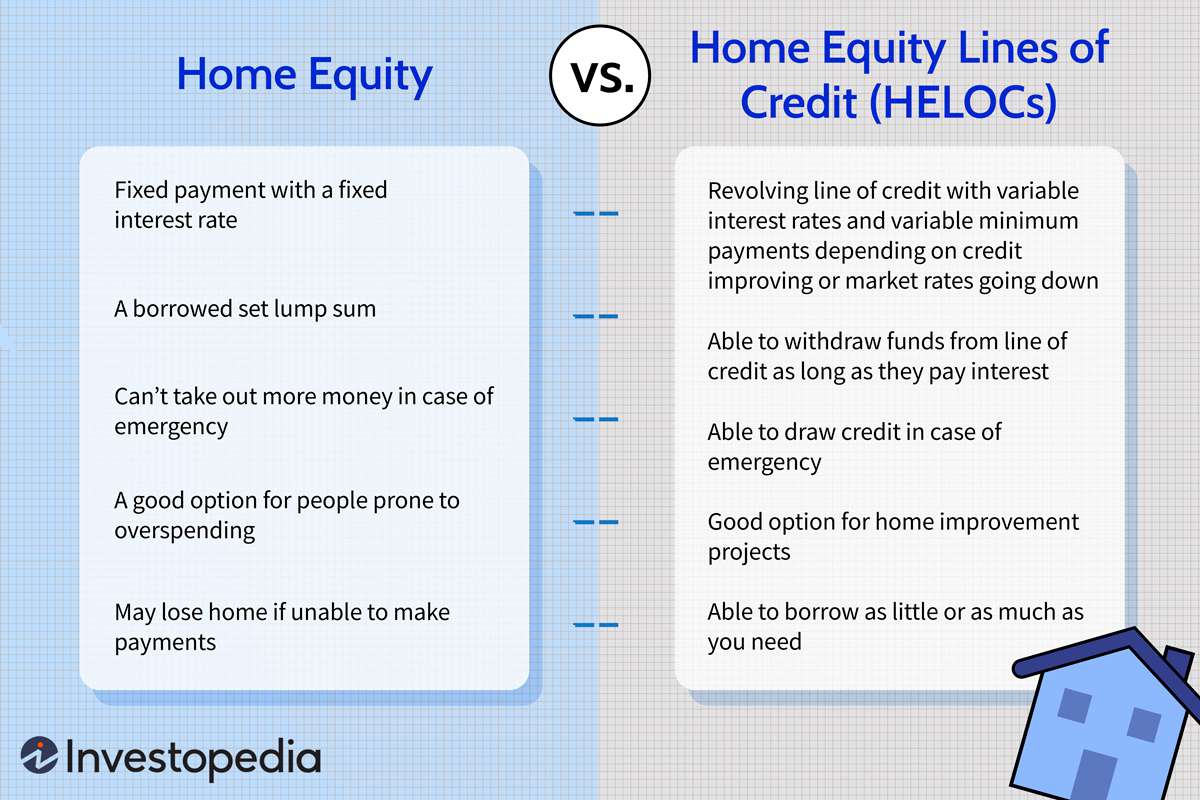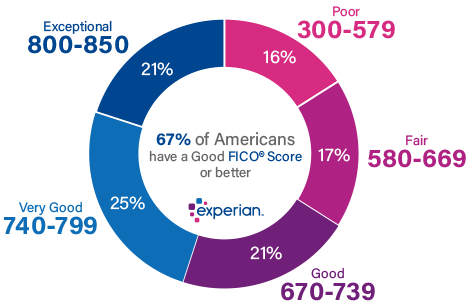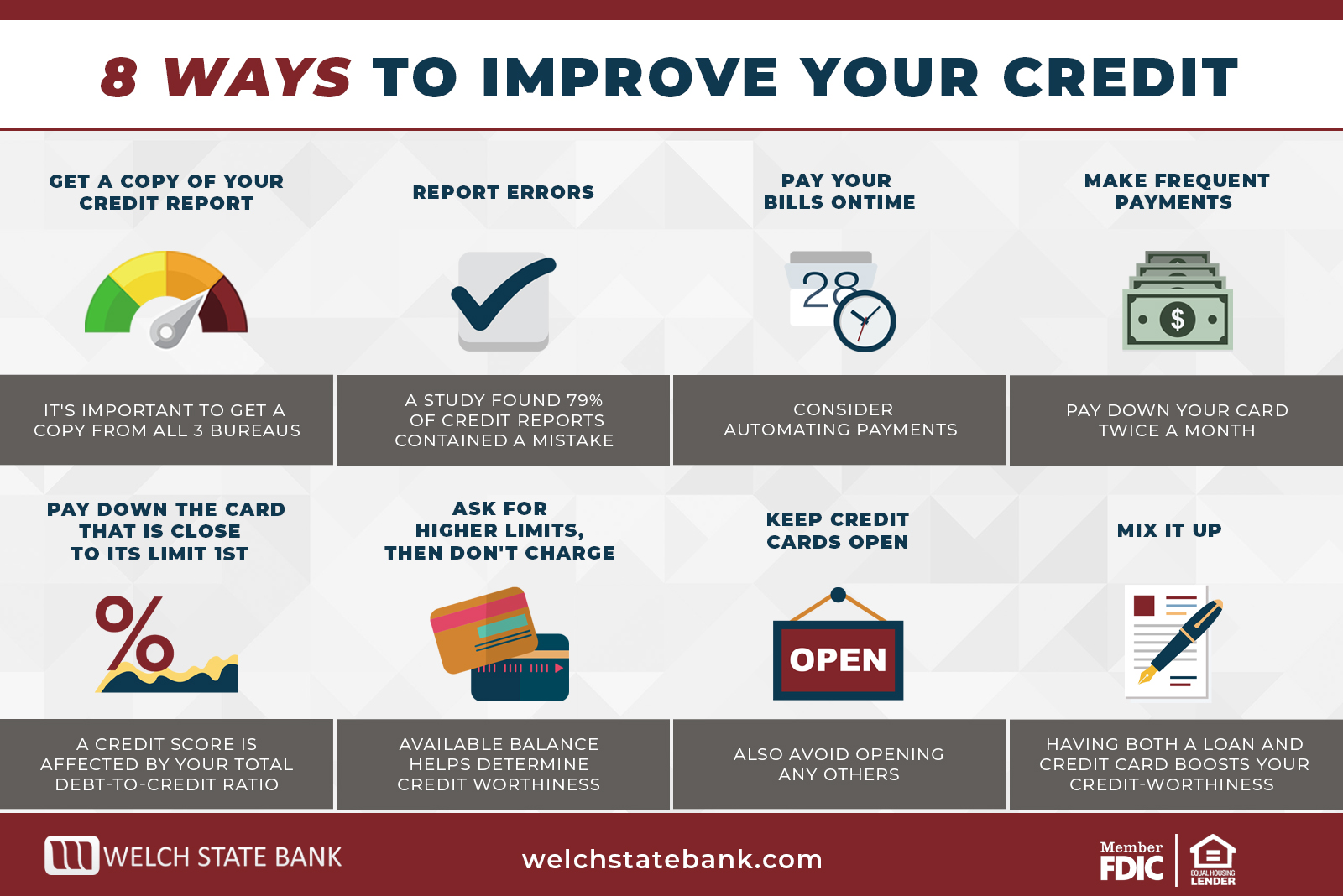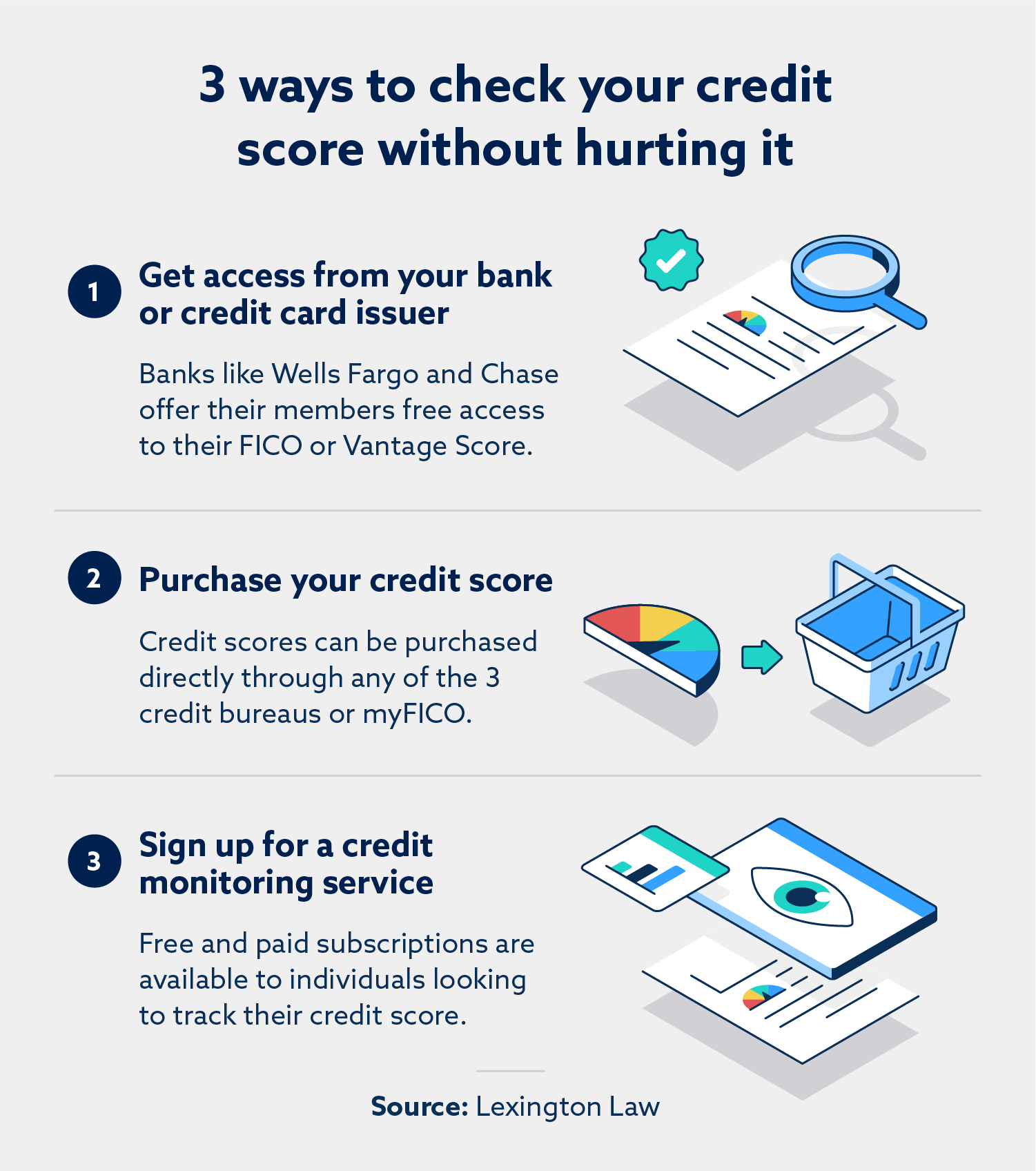Home Improvement Loan Vs Home Equity Line Of Credit: Which Is Better For You In 2023?
Are you planning to renovate your home but don’t have the funds for it? Well, you’re not alone. Many homeowners are faced with the dilemma of choosing between a home improvement loan or a home equity line of credit (HELOC) to finance their renovation projects. Both options have their advantages and disadvantages, and it’s important to understand them before making a decision.
A home improvement loan is a type of personal loan that is specifically designed for home renovation projects. It allows you to borrow a fixed amount of money and repay it over a set period of time with a fixed interest rate. On the other hand, a HELOC is a type of revolving credit that allows you to borrow against the equity you have in your home. You can withdraw funds as needed and repay them over time, and the interest rate is typically variable. In this article, we’ll explore the pros and cons of each option to help you make an informed decision.
| Home Improvement Loan | Home Equity Line of Credit |
|---|---|
| A home improvement loan is a type of personal loan that is specifically designed for home renovations and repairs. | A home equity line of credit (HELOC) is a type of loan that allows you to borrow money using the equity in your home as collateral. |
| Interest rates for home improvement loans are typically higher than HELOCs. | HELOCs typically have lower interest rates than home improvement loans. |
| Home improvement loans are unsecured, which means you don’t have to put up collateral like your home. | HELOCs are secured, which means you have to use your home as collateral. |
| Home improvement loans typically have fixed interest rates, which means your monthly payments will stay the same. | HELOCs typically have variable interest rates, which means your monthly payments can fluctuate. |
| Home improvement loans are best if you need a fixed amount of money for a specific project. | HELOCs are best if you need access to a line of credit over a period of time for multiple projects. |
In summary, a home improvement loan is an unsecured personal loan with a fixed interest rate, best for specific projects, while a home equity line of credit is a secured loan with a variable interest rate, best for ongoing projects. HELOCs tend to have lower interest rates, but require collateral in the form of your home.

Home Improvement Loan Vs Home Equity Line Of Credit: In-Depth Comparison Chart
| Home Improvement Loan | Home Equity Line of Credit | |
|---|---|---|
| Definition | A loan specifically designed for home renovations and improvements. | A line of credit based on the equity in your home that can be used for any purpose, including home improvements. |
| Interest Rates | Fixed interest rates usually range from 5% to 15%. | Variable interest rates typically based on the prime rate and can range from 3.5% to 8%. |
| Loan Amount | Typically up to $100,000. | Based on the equity in your home, usually up to 80% of the appraised value minus any outstanding mortgages. |
| Repayment Terms | Typically between 1 to 15 years. | Flexible repayment terms that can range from 5 to 25 years. |
| Collateral | The home improvement loan is secured by the property being renovated or improved. | The HELOC is secured by the equity in your home. |
| Application Process | Requires a credit check and income verification. The loan application process can take several days to a few weeks. | Requires a credit check and income verification. The application process can take several days to a few weeks. |
| Uses | Can only be used for home improvements and renovations. | Can be used for any purpose, including home improvements and renovations. |
| Tax Benefits | Interest paid on a home improvement loan may be tax deductible if the loan is used to make capital improvements to the home. | Interest paid on a HELOC may be tax deductible if the funds are used to improve the home. However, the 2018 tax law has changed the deductibility of interest on home equity loans and HELOCs. |
Home Improvement Loan vs Home Equity Line of Credit
Are you planning to renovate your home but don’t have the funds to do so? You may be considering taking out a loan or a line of credit to finance your home improvement project. But which option is better for you? In this article, we’ll compare two popular financing options: home improvement loans and home equity lines of credit.
Interest Rates
One of the most important factors to consider when choosing between a home improvement loan and a home equity line of credit is the interest rate. A home improvement loan typically has a fixed interest rate, which means that your monthly payment will remain the same throughout the repayment period. On the other hand, a home equity line of credit usually has a variable interest rate, which means that your monthly payment can fluctuate based on market conditions.
While a fixed interest rate may seem like a safer option, a variable interest rate can sometimes be lower than a fixed rate, which can result in lower monthly payments. However, it’s important to keep in mind that a variable interest rate can also increase over time, which can lead to higher monthly payments.
Ultimately, the choice between a fixed interest rate and a variable interest rate will depend on your personal financial situation and risk tolerance.
Loan Amount
Another important factor to consider is the loan amount. A home improvement loan typically has a lower borrowing limit than a home equity line of credit. This is because a home improvement loan is usually unsecured, meaning that it does not require collateral, while a home equity line of credit is secured by your home’s equity.
If you have a smaller home improvement project, such as a bathroom renovation or a kitchen upgrade, a home improvement loan may be sufficient. However, if you’re planning a larger project, such as a home addition or a major renovation, a home equity line of credit may be a better option.
Keep in mind that borrowing more money than you need can lead to higher interest charges and longer repayment periods, so it’s important to borrow only what you need.
Repayment Period
The repayment period is the amount of time you have to pay back the loan or line of credit. A home improvement loan typically has a shorter repayment period than a home equity line of credit. This is because a home improvement loan is usually for a smaller amount and has a fixed interest rate.
On the other hand, a home equity line of credit has a longer repayment period because it allows you to borrow against your home’s equity, which can be a larger amount. However, keep in mind that the longer the repayment period, the more interest you’ll pay over time.
When choosing between a home improvement loan and a home equity line of credit, consider how much you can afford to pay each month and how quickly you want to pay off the loan.
Overall, both home improvement loans and home equity lines of credit can be useful financing options for your home renovation project. However, it’s important to carefully consider the interest rate, loan amount, and repayment period before making a decision.
If you’re unsure which option is best for you, consider consulting with a financial advisor or a loan officer to help you make an informed decision.
I hope this helps! Let me know if you have any questions or need further assistance.
Home Improvement Loan vs. Home Equity Line of Credit Pros & Cons
Pros of Home Improvement Loans
- Fixed interest rates provide predictable monthly payments.
- Unsecured loans are available for borrowers without home equity.
- Loan terms can be shorter than HELOCs.
Cons of Home Improvement Loans
- Interest rates tend to be higher than HELOCs.
- Loan amounts may be smaller than HELOCs.
- Collateral may be required for some loans.
Pros of Home Equity Line of Credit (HELOC)
- Lower interest rates than home improvement loans.
- Flexible borrowing with ongoing access to funds.
- No collateral is required for unsecured HELOCs.
Cons of Home Equity Line of Credit (HELOC)
- Variable interest rates can make monthly payments unpredictable.
- Collateral may be required for some HELOCs.
- Loan terms can be longer than home improvement loans.
Final Decision: Home Improvement Loan vs. Home Equity Line of Credit
After considering the pros and cons of both home improvement loans and home equity lines of credit, it is time to make a final decision. Both options have their advantages and disadvantages, and the choice ultimately depends on your individual circumstances and financial goals.
If you are looking for a lump sum of money upfront, a home improvement loan may be the best choice for you. These loans typically have a fixed interest rate and a set repayment schedule, providing predictability and stability in your budget. However, keep in mind that you will have to pay interest on the entire loan amount, even if you don’t use all the funds for your home improvements.
On the other hand, if you prefer flexibility and the ability to borrow as needed, a home equity line of credit may be the better option. With a HELOC, you can borrow up to a certain limit and only pay interest on the amount you use. This can be helpful if your home improvement project is ongoing and you need to make purchases over time. However, keep in mind that the interest rate on a HELOC is typically variable and can fluctuate over time, making it harder to predict your monthly payments.
Ultimately, the decision between a home improvement loan and a home equity line of credit comes down to your personal financial situation and preferences. Consider your budget, the size and scope of your home improvement project, and your long-term financial goals before making a decision.
3 Reasons to Choose Home Improvement Loan as the Winner:
- Fixed interest rate provides stability and predictability in your budget.
- You can receive a lump sum of money upfront to cover all your home improvement costs.
- You only pay interest on the amount you borrow, rather than the entire loan amount.
Frequently Asked Questions
Home improvement loans and home equity lines of credit are two popular financial tools used to finance home improvement projects. Both have their own advantages and disadvantages, and it is important to understand the differences between them before making a decision.
What is a Home Improvement Loan?
A home improvement loan is a type of loan used to finance renovations and repairs to a home. This type of loan typically has a fixed interest rate and is repaid over a set period of time. Home improvement loans are typically unsecured, meaning they do not require collateral in order to be approved. This type of loan is usually available through banks, credit unions, and online lenders.
The main benefit of a home improvement loan is that it can be used to finance a variety of home improvement projects, from major renovations to small repairs. Additionally, these loans often have relatively low interest rates and long repayment periods, making them attractive options for those who want to finance their projects without breaking the bank.
What is a Home Equity Line of Credit?
A home equity line of credit (HELOC) is a type of loan that uses the equity in your home as collateral. This means that in order to qualify for a HELOC, you must have a certain amount of equity in your home.
A HELOC works differently than a home improvement loan in that it is a revolving line of credit. This means that you can borrow up to a certain limit, which is based on the value of your home, and then make payments on those funds over time. The main benefit of a HELOC is that it often has a much lower interest rate than a home improvement loan, making it a more cost-effective way to finance renovations. Additionally, it can be easier to qualify for a HELOC than a home improvement loan, since it does not require a credit check.
What are the differences between a Home Improvement Loan and a Home Equity Line of Credit?
The main difference between a home improvement loan and a home equity line of credit is the type of collateral used. A home improvement loan is an unsecured loan, meaning it does not require any collateral in order to be approved. By contrast, a HELOC uses the equity in your home as collateral, meaning you must have a certain amount of equity in order to qualify.
Additionally, the terms of repayment differ between the two loan types. A home improvement loan typically has a fixed interest rate and a set repayment period, while a HELOC is a revolving line of credit with a variable interest rate. This means that the interest rate on a HELOC can change over time, depending on the market.
Which is better – a Home Improvement Loan or a Home Equity Line of Credit?
The answer to this question depends on a variety of factors, including the amount of money you need to borrow, the length of time you need to repay the loan, and the current market interest rates. If you have sufficient equity in your home, a HELOC may be a better choice since it typically has a lower interest rate than a home improvement loan. However, if you do not have sufficient equity in your home or if you need to borrow a large amount of money, a home improvement loan may be a better option since it is easier to qualify for and typically has a lower interest rate than a personal loan.
What are the risks associated with a Home Equity Line of Credit?
One of the main risks associated with a HELOC is that it is a secured loan, meaning it uses your home as collateral. This means that if you are unable to make payments on the loan, you could potentially lose your home. Additionally, HELOCs typically have variable interest rates, meaning the rate could increase over time, making the loan more expensive. It is important to make sure that you can afford the payments on a HELOC before taking one out.
It is also important to be aware that if you are taking out a HELOC, you are essentially taking out a second mortgage on your home. This means that if you ever decide to sell your home, you will need to pay off the balance of the HELOC before you can receive any of the proceeds from the sale.
In conclusion, both home improvement loans and home equity lines of credit can provide homeowners with the funds needed to make necessary home improvements. However, it’s important to carefully consider the differences between the two before making a decision.
A home improvement loan may be the best option for those who need a fixed amount of money for a specific project. These loans typically have lower interest rates and fixed repayment terms, making it easier to budget for the monthly payments. On the other hand, a home equity line of credit may be a better choice for those who need ongoing access to funds for multiple projects over time. While these loans may have higher interest rates, they offer more flexibility and can be a good choice for long-term renovation plans.
Ultimately, the decision between a home improvement loan and a home equity line of credit will depend on your individual needs and financial situation. By understanding the differences between the two and carefully considering your options, you can make an informed decision that helps you achieve your home improvement goals.





